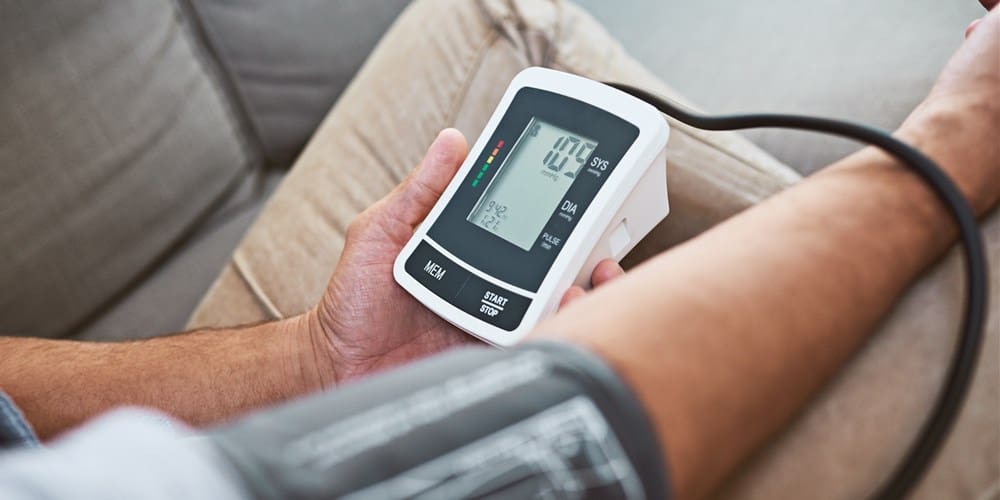
For people whose blood pressure rises when measured at the doctor’s office — a condition known as “white coat hypertension” — there may be a real reason to worry, new research shows.
White coat hypertension, which may affect up to 30 percent of Americans, occurs when the blood pressure reading at the doctor’s office is higher than it is when checked at home or other settings. It was once thought that it was just the temporary stress of being at the doctor that caused a spike and that it didn’t indicate a bigger problem.
But the risk of death was nearly twice as high for patients with white coat hypertension, compared to patients whose blood pressure is normal when taken at the doctor’s office and at home, the report published in the New England Journal of Medicine on Wednesday shows.
“White-coat hypertension is not benign,” said Dr. Haitham Ahmed, medical director of cardiac rehabilitation at Cleveland Clinic, who was not a part of the study. “If seeing a white coat increases your blood pressure, a lot of other stressors in life are expected to as well.”
Researchers from the Autonomous University of Madrid, who followed 64,000 people over five years, concluded that blood pressure measurements taken at home regularly were a stronger predictor of cardiovascular deaths than doctor’s office readings.
“We don’t want to dismiss white coat hypertension,” said Dr. Raymond Townsend, director of the hypertension program at Penn Medicine and author of the study’s editorial via email. “We encourage our patients to do blood pressure readings at home. That is a good way to not only monitor blood pressure where you actually “live”, but it also provides a lot of insight for patients to understand how life’s little indiscretions, like take-out Chinese with extra soy sauce, can truly affect your blood pressure the next day.”
What do doctors suggest?
A 24-hour monitor that checks blood pressure throughout the day, to determine if it’s truly elevated and to follow up with the doctor three months later. When choosing a home blood pressure monitor, the American Heart Association recommends an automatic, cuff-style, upper arm monitor. Wrist and finger monitors are not recommended because they yield less reliable readings.
THE CORRECT WAY TO USE A HOME BLOOD PRESSURE MONITOR
- Be still. Don’t smoke, drink caffeinated beverages or exercise within 30 minutes before measuring your blood pressure. Empty your bladder and ensure at least 5 minutes of quiet rest before measurements.
- Sit correctly — with your back straight and supported (on a dining chair, rather than a sofa). Your feet should be flat on the floor and your legs should not be crossed. Your arm should be supported on a flat surface (such as a table) with the upper arm at heart level. Make sure the bottom of the cuff is placed directly above the bend of the elbow.
- Make sure it fits. Measure around your upper arm and choose a monitor that comes with the correct size cuff.
- Measure at the same time every day.
- Take multiple readings. Record the results.
- Don’t take the measurement over clothes.
If a high blood pressure is recorded it is important to measure two additional times, waiting a few minutes between measurements.
Blood pressure of 120/80 or above is considered elevated; 130/80 to 139/89 is considered Stage 1 hypertension and anything 140/90 or above will be considered stage 2 hypertension, according to the American Heart Association and American College of Cardiology guidelines.
If blood pressure reaches 180/120 or higher — and either number in the blood pressure reading counts — people will be classified as in hypertensive crisis with need for immediate treatment or hospitalization.
“Life is not void of stressors,” said Ahmed. “That’s what life is all about. It’s better that you control your blood pressure, so that even when those stressors increase, it’s not causing damage to your blood vessels.”
























